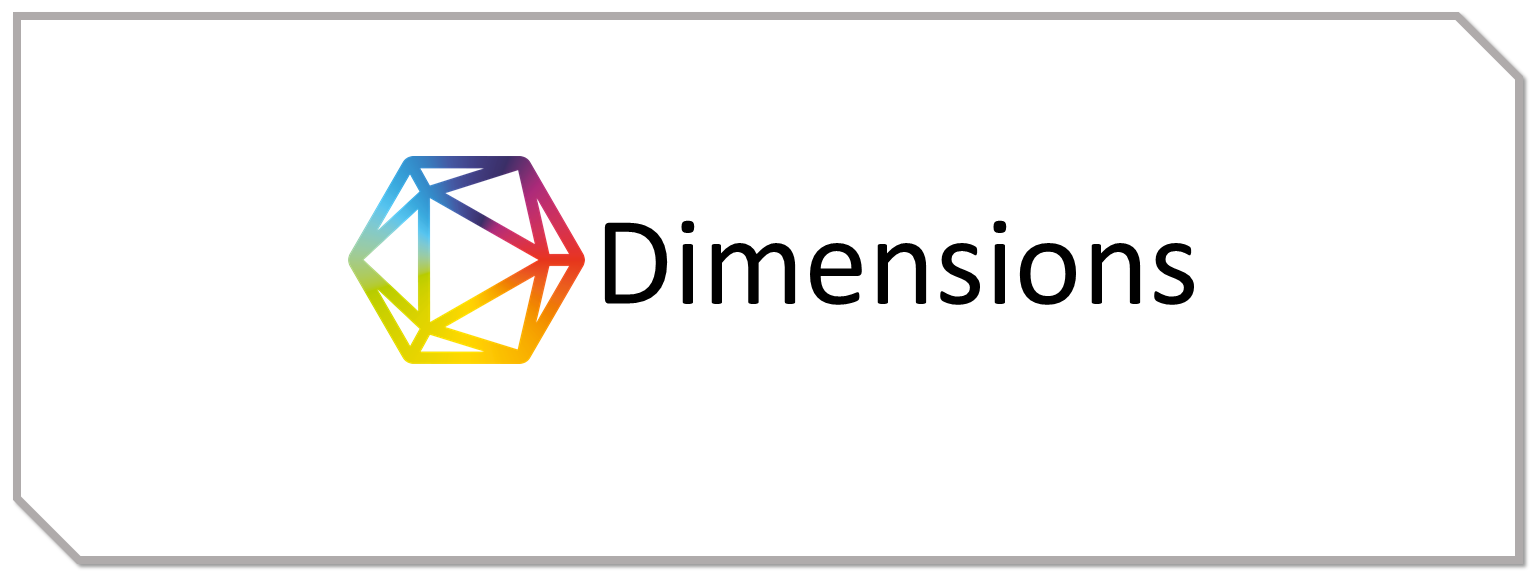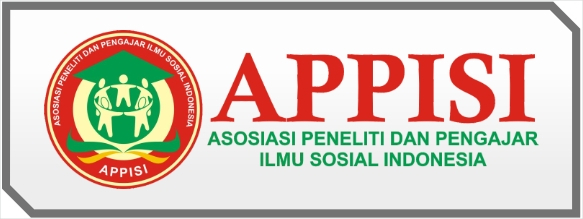PENGARUH MODEL PEMBELAJARAN AUDITORY, INTELLECTUAL AND REPETITION (AIR) TERHADAP KEMAMPUAN PEMECAHAN MASALAH MATEMATIKA PADA SISWA KELAS X SMA AL-FALAH HMM TIMIKA
KEMAMPUAN PEMECAHAN MASALAH MATEMATIKA PADA SISWA KELAS X SMA AL-FALAH HMM TIMIKA
DOI:
https://doi.org/10.55606/jurdikbud.v2i2.252Keywords:
AIR Learning Model, Problem Solving Ability.Abstract
The effect of auditory learning model, intellectual and repetition (AIR) on mathematical problem solving ability in class X SMA Al-Falah HMM Timika. This study aims to determine the effect of the auditory, intellectual and repetition (AIR) learning model on the mathematical problem solving ability of the tenth graders of SMA Al-Falah HMM Timika. This research is a quasi-experimental research using the randomized posttest – only control design. The inferential analysis test used the chi square test for the normality test and the F test for the homogeneity test. With = 0.05, the sample is obtained from a population that is normally distributed and homogeneous. Based on the results of hypothesis testing from the independent sample t-Text analysis (t-test), the results of the t-test in the experimental class and control class that tcount > ttable are 4.1737 > 1.99897, meaning that the average mathematical problem solving ability of the experimental class students is taught using the Auditory, Intellectually, Repetition (AIR) learning model, is better than the average mathematical problem solving ability of control class students who are taught using the direct learning model, thus, the Auditory, Intellectually, Repetition (AIR) learning model affects the solving ability student math problems.
















